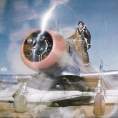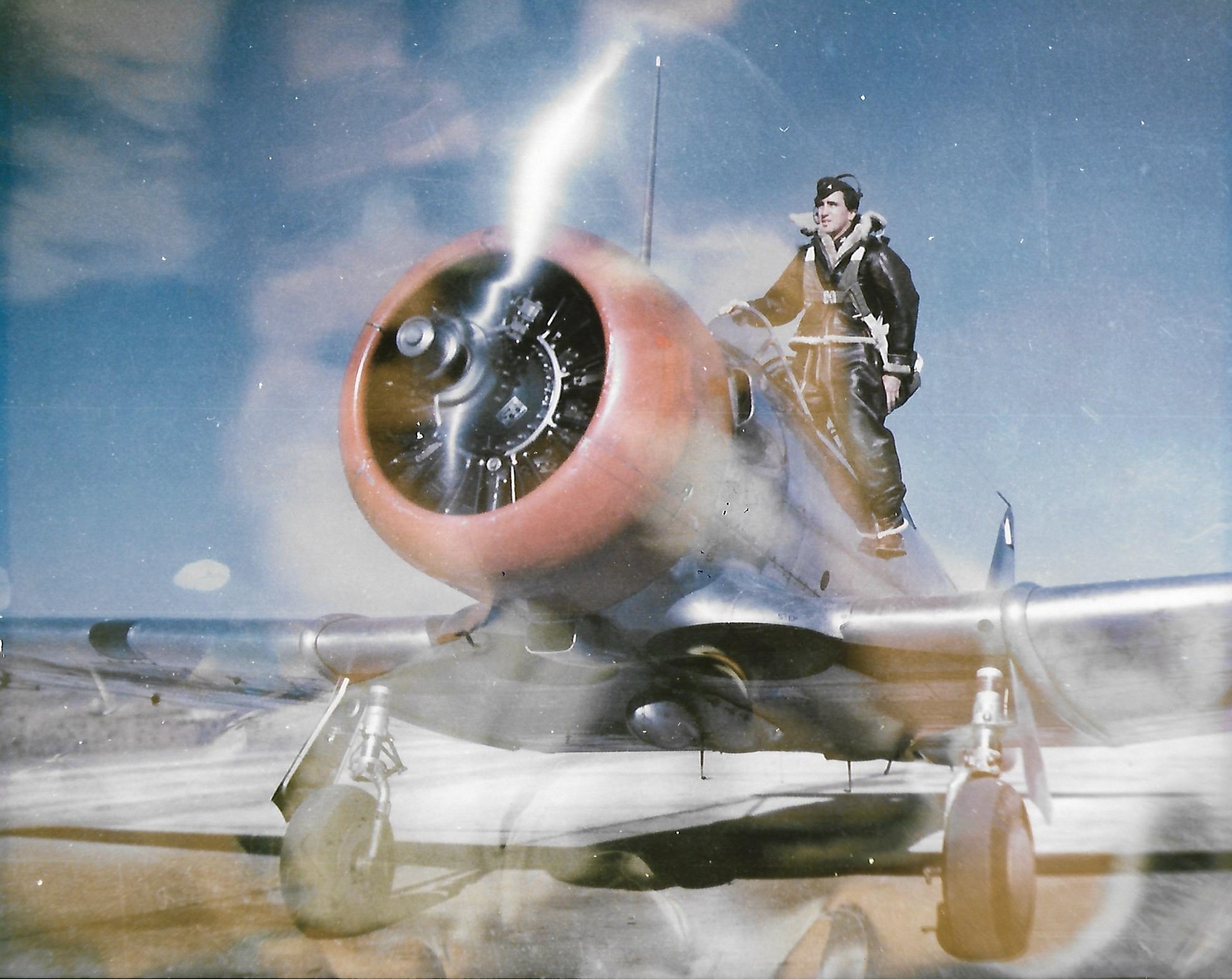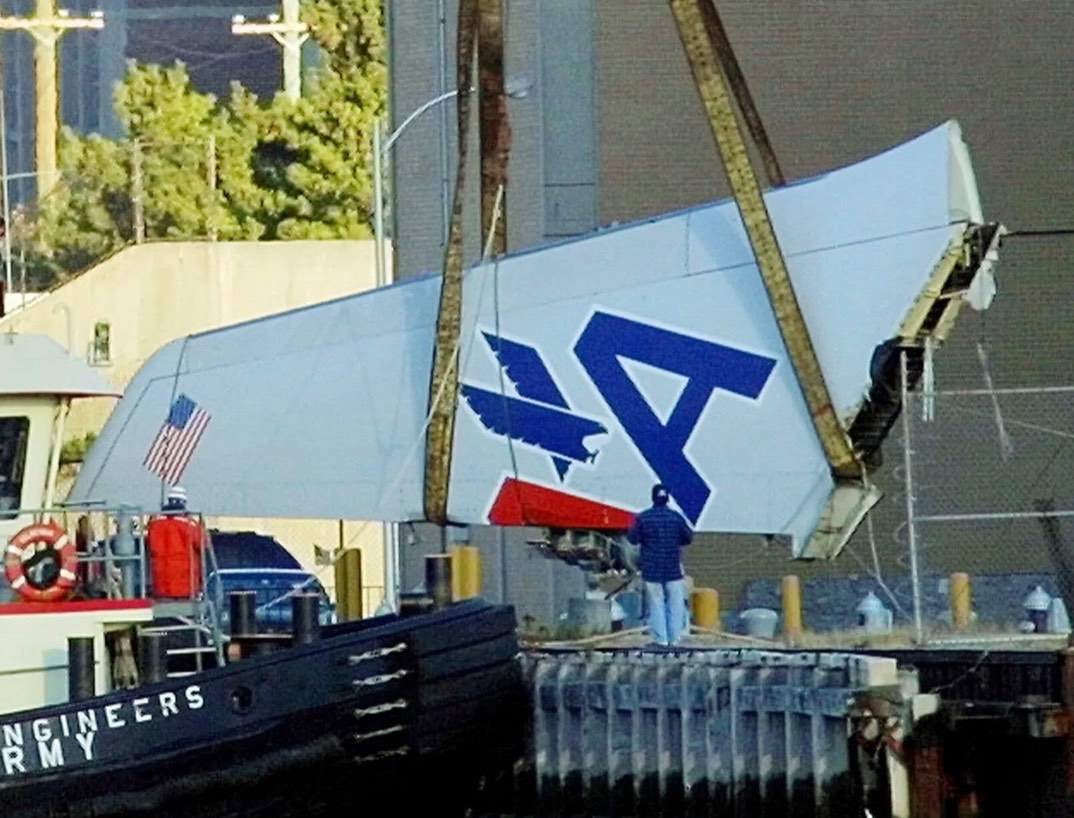-
Posts
3,551 -
Joined
-
Last visited
-
Days Won
22
Content Type
Profiles
Forums
Blogs
Gallery
Downloads
Media Demo
Events
Everything posted by GeeBee
-
Based upon the size of 95% of the people I see riding those things, load is no problem. Good grief! If you're not going to walk....stop eating!
-
https://www.justice.gov/usao-cdca/pr/santa-barbara-county-man-sentenced-6-months-prison-obstructing-federal-probe-plane
-

Plane crash near me in Plano
GeeBee replied to hammdo's topic in Mooney Safety & Accident Discussion
You do recall that correctly and the materials and engineering folks at NTSB said it was not a factor. I have to defer to their judgement. -

Plane crash near me in Plano
GeeBee replied to hammdo's topic in Mooney Safety & Accident Discussion
I hate to dash your hopes but the original FAA syllabus was encouraging, indeed saying pilots did not use the rudder sufficiently saying the "rudder is a powerful tool that is under utilized." Now Boeing airplanes could swing stop to stop which is not required under FAR Part 25 because Boeing had internalized a military specification dating all the way back to the B-47. Boeing said, if they had been aware of this internalization on their commercial aircraft they would not have designed them so robust. The 787 is not so robust, but everything up through the 777 is so designed. I would suggest a reading of the NTSB report. In it, you will find Airbus technical pilots, like me had real concerns about the mandated training and the methods contained therein but were basically hog tied by the FAA in their demands to for instance recover from a 90 degree bank roll in wake turbulence. Wide bodies don't get to 90 degrees in a wake turbulence encounter. A fair reading will reveal the training was inappropriate From the report: In a May 22, 1997, letter to the chief test pilot at Airbus, an American Airlines A300 technical pilot indicated his concern that AAMP handout pages stated that “at higher angles of attack, the rudder becomes the primary roll control.” The technical pilot’s letter also expressed concern that “the program infers that aileron application in these situations is undesirable since it will create drag caused by spoiler deflection.” Further, the letter stated that the AAMP instructor had been teaching pilots to use the rudder to control roll in the event of a wake turbulence encounter. The American Airlines A300 technical pilot asked the Airbus chief test pilot for his thoughts on this subject and suggested a teleconference a few days later. In a May 23, 1997, facsimile, the chief test pilot stated that he shared the A300 technical pilot’s concern about the use of rudder at high AOAs and agreed to a teleconference to discuss the matter. " -

Plane crash near me in Plano
GeeBee replied to hammdo's topic in Mooney Safety & Accident Discussion
Because you are steeped in ACM (air combat maneuvering) then got a job with the FAA. -

Hot cylinder and knocking noise right after rotation
GeeBee replied to lvpazik's topic in General Mooney Talk
Yikes! Sounds like detonation. -
I don't like it but not for any mechanical reasons. When I move a prop, I'm wary of the engine kicking, either backwards or forward (Lycomings seem to want to kick backwards sometimes). I've seen them go both ways. So when I move a prop, I move it as I would if I were hand propping the airplane both in hand and body placement. That way, no matter which way the engine might kick when getting a mind of its own, my pinkies will easily become disconnected from the prop and there will be no tendency to pull me into the blade swing.
-
When you use counter sink washers as Lancecaper suggested I also recommend counter sinking the plastic hole to receive the washer. While you can drill a large hole to receive the counter sink washer a straight hole will be more likely to crack at the circumference than one that is beveled out with a counter sink. I drill first with a 1/4 inch plexiglass bit (don't use a regular bit the rake is wrong and creates stress rise in the hold) https://www.aircraftspruce.com/catalog/mepages/plexidrill.php Then I follow up with this counter sink with a 1/4" pilot https://www.aircraftspruce.com/catalog/pnpages/12-00940.php The net result is the countersink washer will fit loosely in the hole clamping down on the plastic with the flat surface. The bevel of the washer should not be in contact with the plastic.
-
I have to say all the machinations seem overly complicated. Usually on my IO-550 G I hot start by putting the mixture rich, don't touch the throttle from where I shut it down with and crank. 9 times out of 10 it catches in 3 blades or less and if the engines starts to dies from sucking a little fuel vapor I hit the low boost for a second or two and it idles right up. This way, there is no excess fuel dumping into stopped cylinders or leaking from the sniffle valve (by the exhaust pipe no less). Very clean, very safe. For the 1 out of 10 times the above does not work. I set the controls for a normal start. Give a little prime with the low pump and throttle then turn boost off return throttle to idle. Start cranking and and slowly advance the throttle until air and fuel match up and I get a light off. If you get a big rpm burst, you used to much prime. The above methods keep excess fuel from dripping all over the place and fouling your plugs and washing your cylinders. They require only one hand and one control, the throttle. The idea is to start with as little fuel as possible.
-

Daytona Aircraft Services. Call me when you have a part number?
GeeBee replied to Jrags's topic in General Mooney Talk
I have to say the parts distribution model from the Mooney factory is broken. Sure you want to protect your service centers but the service centers don't want to sell parts. Most of them don't even have a parts person. When you need a part from them, you have to talk to a mechanic who is much more valuable working on the floor than selling parts. There needs to be a factory direct parts system with revenue sharing to the MSCs. Otherwise, it is going to get more frustrating than it already is. -

Ovation G1000 PFD failed at Master On
GeeBee replied to Ed de C.'s topic in Modern Mooney Discussion
Rare -

Ovation G1000 PFD failed at Master On
GeeBee replied to Ed de C.'s topic in Modern Mooney Discussion
It means, when you order an exchange unit from Garmin, you need to install it right away and return the old unit quickly so that you do not get charged for the core because you have a very limited time to return the old unit aka "the core". -

Ovation G1000 PFD failed at Master On
GeeBee replied to Ed de C.'s topic in Modern Mooney Discussion
$2390 last month. Core charge is 11,900 so the minute it comes in effect the swap because you only have 30 days from date of shipment FROM Garmin. -
Today, I had to change from LOP to ROP on my IO-550 because I could not keep the CHT above 250. Just a fact of life in the winter. You can be too cold just as you can be too hot. Take measure in both events to keep the CHT where it belongs.
-

Do You Leave Your Tow-Bar Connected While Parked?
GeeBee replied to PeteMc's topic in Miscellaneous Aviation Talk
Yeah, I leave it on. It is a Sidewinder. After I push it back in the hangar, because it is my hangar and only my hangar and it is not coming out of the hangar without it attached. For some strange reason I don't plan on engaging the starter in the hangar. Equally so I leave it attached in a transient hangar and tell the line crew to use it rather than a tractor so I don't end up with a bent nose gear truss. Before I start, I always stand in front of my airplane and do a "sanity check", tow bar off, caps on, covers and plugs off. -
Nope, I had brand new Lycoming cylinders from Gann and he stands behind them himself.
-
If I was going to sell the airplane in the near future, I would go factory only because most buyers don't know what they are looking at and feel safe with a factory engine. . If I was going to fly it for a number of years, I would go with Carlus Gann. A Gann engine is infinitely superior to anything the factory can produce.
-
It's a CAR 3 airplane folks, don't overthink it.
-

Plane crash near me in Plano
GeeBee replied to hammdo's topic in Mooney Safety & Accident Discussion
I think if that is what you took from the report, you missed a lot of things. The use of that kind of rudder single, or full swing was inappropriate at any speed in a transport aircraft, including approach to stall as well as stall. Further the simulation lacked fidelity (which I pointed out earlier) and most important it violated the "train like you fight, fight like you train" principle. The mis-application of rudder control principles to a transport aircraft was a direct result using only people with air combat maneuvering experience in the program development and not consulting transport test pilots or the manufacturers. -

Plane crash near me in Plano
GeeBee replied to hammdo's topic in Mooney Safety & Accident Discussion
When the program came out, I said, "Somebody is going to die". The answer was, "FAA mandated, we have no choice". So we did the training and yep, some one died. The program was without regard to the maneuvering realities of a transport aircraft, in everything from the generators staying on line inverted, to the structural limits of the airplane. For whatever reason there is a belief that "macho training" will save your bacon. We need more emphasis on skill in ordinary ops and judgement. We need less relying upon extra ordinary training to fix problems in judgement. When we first started wind shear training wind shear accidents actually went up, because we convinced pilots through wind shear training they could fly the shear rather than a focus on avoiding the shear all together. The quick way to fix that is to create unflyable shears. IOW, do everything right and the plane still crashes. It got people's attention. -

Plane crash near me in Plano
GeeBee replied to hammdo's topic in Mooney Safety & Accident Discussion
Because stalls, VFR-IMC, etc are all inadvertent. You don't "inadvertently" plan to land without runway lights. Further, I can tell you that such training is worthless without constant practice. So you going to land without lights with an instructor every 30 days? I had the good fortune to meet one of the C-130 crews that landed at Entebbe. The maneuver required almost daily practice to perform with acceptable performance. What we should be training for is judgement that says, "don't land without runway lights" and plan your night flying that should the runways lights fail, you have a suitable and viable alternate. Years ago the FAA had a bunch of fighter jocks work up a curriculum for upset recovery. They had us doing inverted flight and rolling the airplane in the simulator. Yes, it was training for "every possibility" but it was negative training because it taught pilots to be too aggressive with the airplane and in particular the rudder. Here is the results. The pilot did, exactly what he thought was possible from his training. -

Plane crash near me in Plano
GeeBee replied to hammdo's topic in Mooney Safety & Accident Discussion
Likely. He still owes me $6000. Also figures something stupid he would say. -

Plane crash near me in Plano
GeeBee replied to hammdo's topic in Mooney Safety & Accident Discussion
Cliff Hodges? -

Plane crash near me in Plano
GeeBee replied to hammdo's topic in Mooney Safety & Accident Discussion
Nothing wrong with landing light out training, nothing wrong with "some runway lights out" training but training to land on a runway with no lights just re-enforces the students belief that it can be done when in fact for all but the most dire of situations it can or should be done. It's like training to bust minimums. Do you train for that as well? (No wonder insurance rates are so high) -
Actually you have to change the fuel placard.




